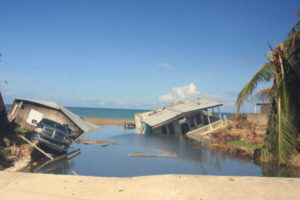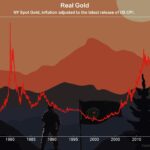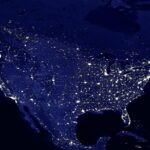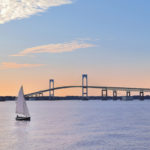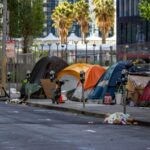Your Survival Guy has been writing for years about a disaster that occurred on Puerto Rico and which may be the best modern-day case study of a complete collapse of society. Hurricane Maria’s devastation of Puerto Rico left the island in a state of destruction. No power, no water, no internet—none of the modern conveniences of life for many of the island’s residents.
In a recent article in Popular Science, Angely Mercado discusses Puerto Ricans’ responses to the devastation they suffered. Instead of falling weakly on the mercy of the government, or international aid agencies, Puerto Ricans have instead determined to better prepare themselves and their families for the future. The lament by one victim of the disaster, Maritza del Rosario López Cortés, was that “It took so long for food to get here.” She told Mercado, “There was no fresh food for what felt like ages.”
Mercado reports:
She and her family relied on shelf-stable MREs to supplement their meals—packaged ready-to-eat meals distributed by FEMA—for weeks, she said. She remembers the relief she felt when she discovered plantains and root vegetables that were still good to eat in fields near her home during that time.
The experience showed how vulnerable the island’s food systems are and led the 37-year-old cosmetologist and mother of two to revive her family’s farm. She took the helm at Hacienda López Cortés in 2020, now a 6-person operation, which grows staple crops like calabaza (squash), coffee and plantains. She keeps an active social media presence, posting photos of her harvest and employees to Facebook, and sells most of her products to local restaurants and supermarkets. She was excited to discuss some of the traditional farming practices she employs, which include using bulls to plow the fields.
“I ask people all the time, if the supermarkets close, if the stores close, what would you eat—do you know where it’s coming from?” López Cortés said. “Seeing how much people need access to fresh food motivates me every day.”
In the five years since Hurricane Maria, Puerto Rico has seen a resurgence in small-scale farming and projects that educate locals about where their food comes from. Many, like López Cortés’, have learned to rely heavily on regenerative growing practices, like crop rotation and using shading plants.
You should be asking yourself, how strong is your food supply chain? With diesel prices at extremely high levels, can your supply chain survive a shock?
Now is a good time to review what I’ve written about Puerto Rico and Hurricane Maria in the past. If you want a glimpse at what life looks like after a society-collapsing disaster, this is it.
- Hurricane Maria Death Toll in Puerto Rico: Deadlier than 9-11
- Puerto Rico: Self Reliance is the Only Way
- Blackout: The Lights are Out in Puerto Rico
- Puerto Rico: A Survival Case Study
- Puerto Rico: A Real Life Worst Case Scenario
Action Line: You shouldn’t wait for a disaster to happen before you get prepared, just like you shouldn’t wait to build a conservative portfolio of income-generating stocks and bonds until your assets have been depleted by a massive bear market. Being prepared means getting it done ahead of time. If you’re struggling to get prepared, click here to sign up for my free monthly Survive & Thrive letter, where I’ll push you to make the right decisions to get your family prepared for the storm.
E.J. Smith - Your Survival Guy
Latest posts by E.J. Smith - Your Survival Guy (see all)
- “What Do You Do If the Market Crashes?” - April 19, 2024
- Costco Gold Bars Sell Out Despite Premium Price - April 19, 2024
- A Wise Man’s Take on the Boston Bruins’ Playoff Chances - April 19, 2024
- Is Your Retirement Life a Mess? Let’s Talk - April 18, 2024
- Your Survival Guy Learns from Marie Kondo - April 18, 2024

